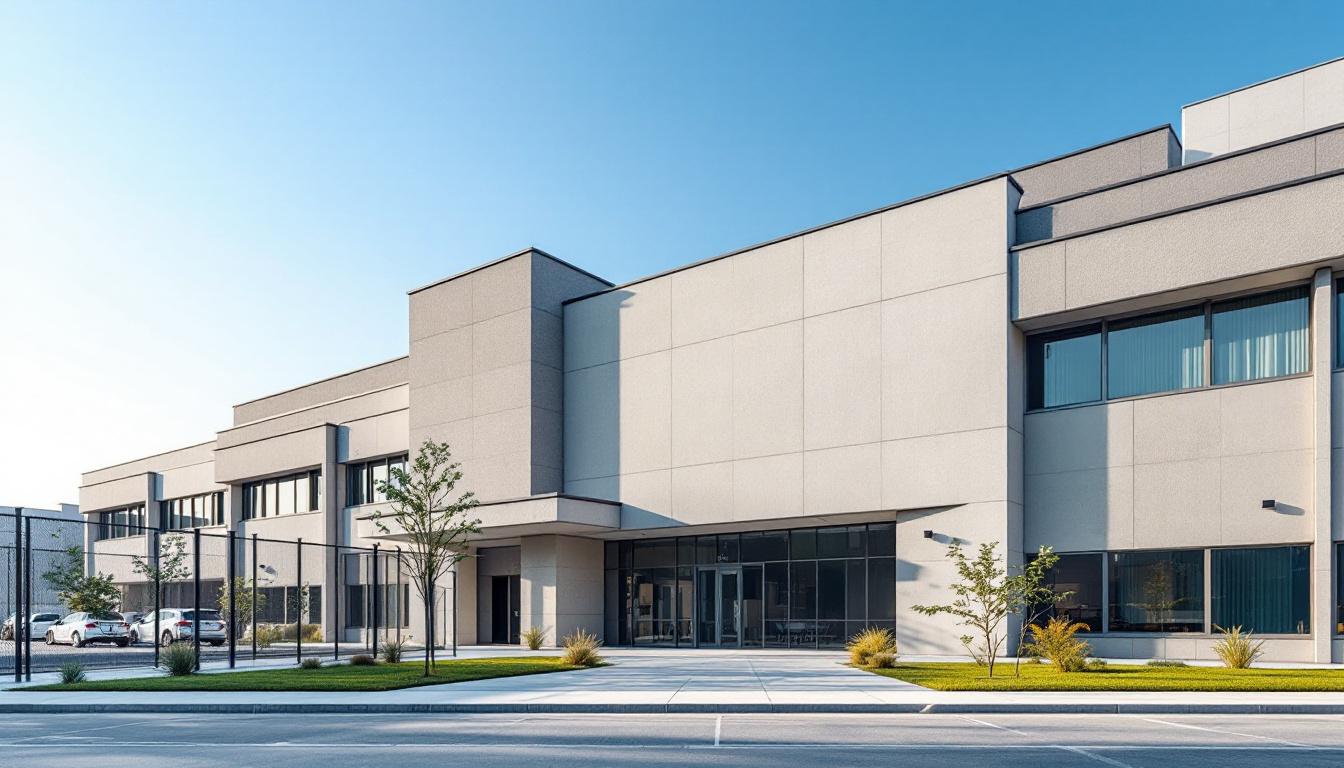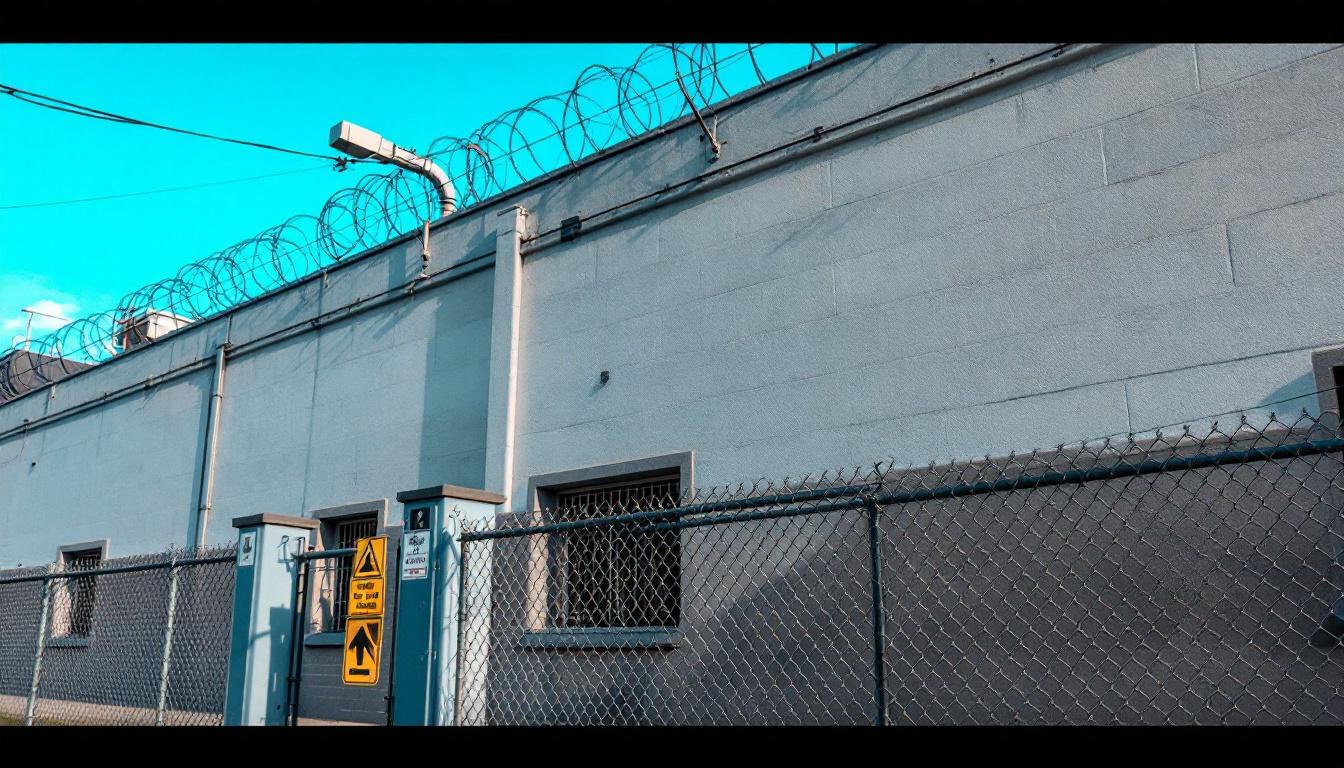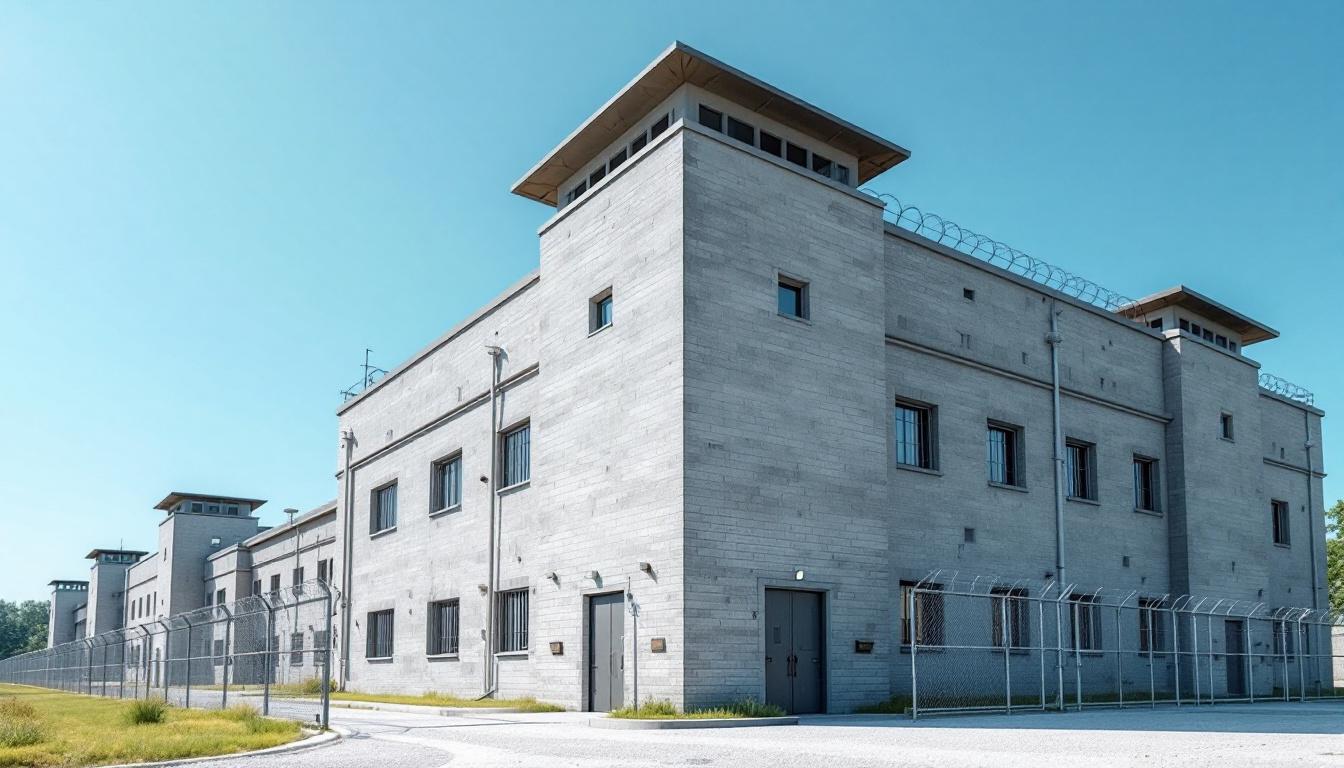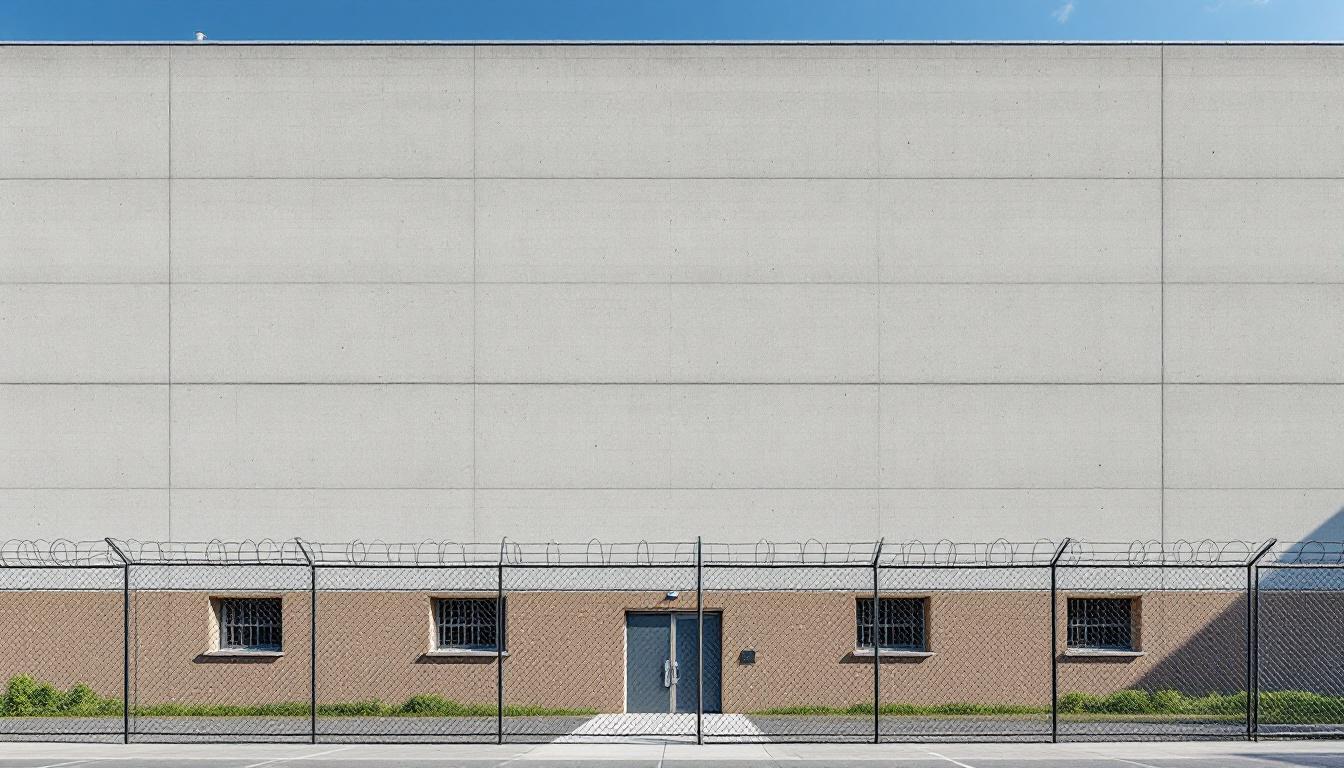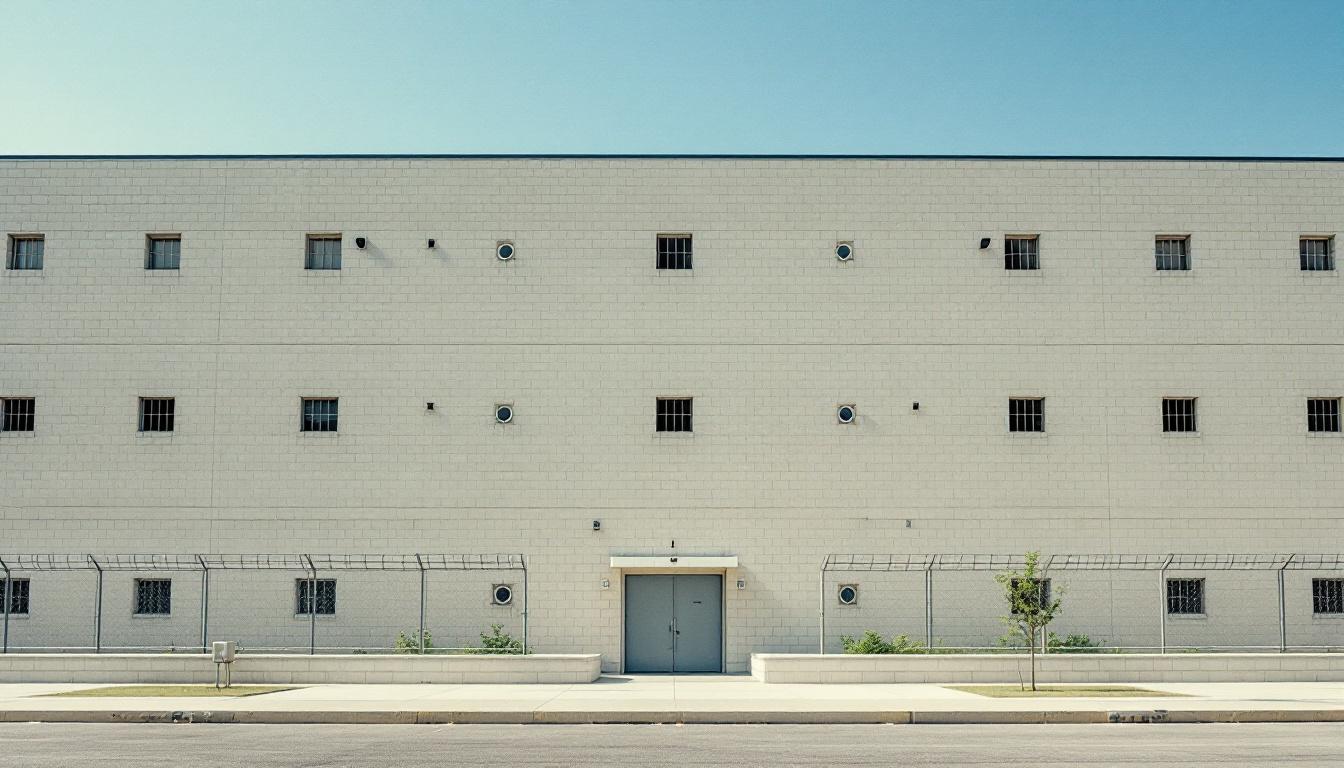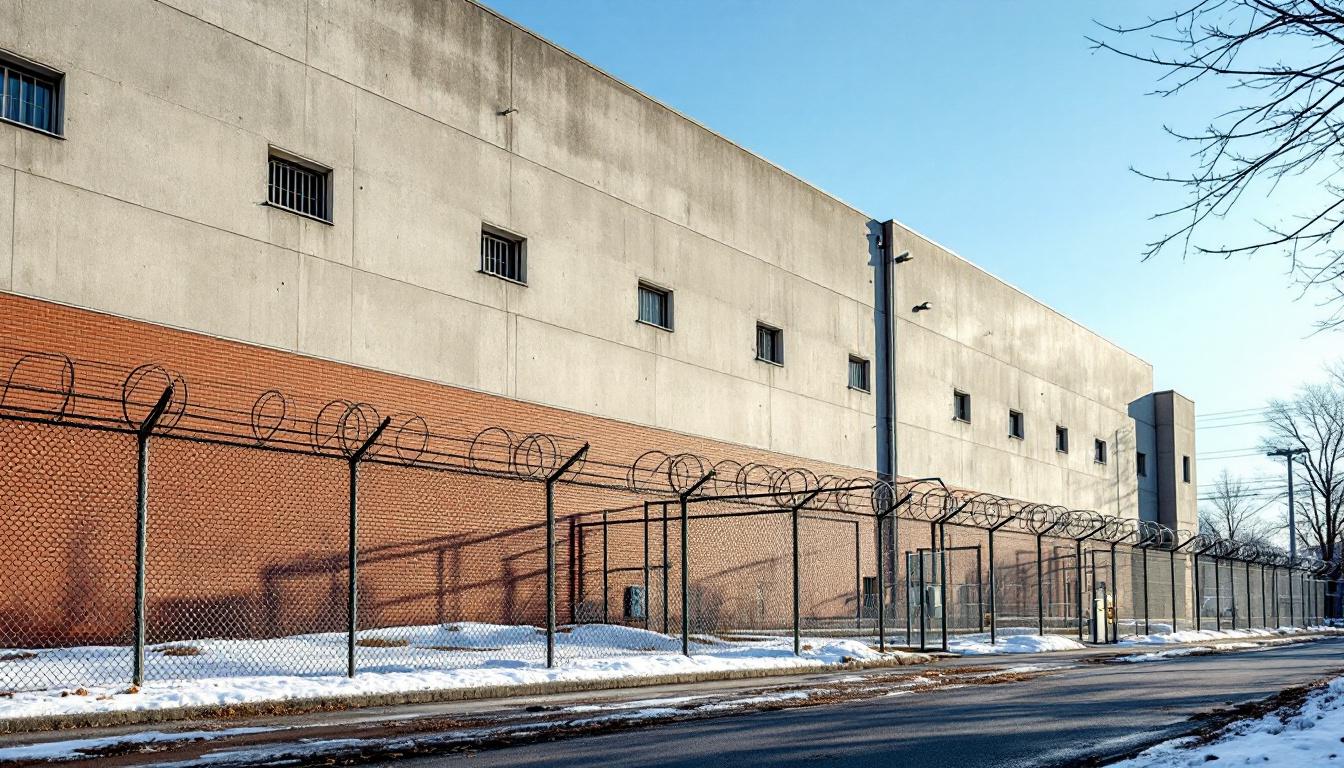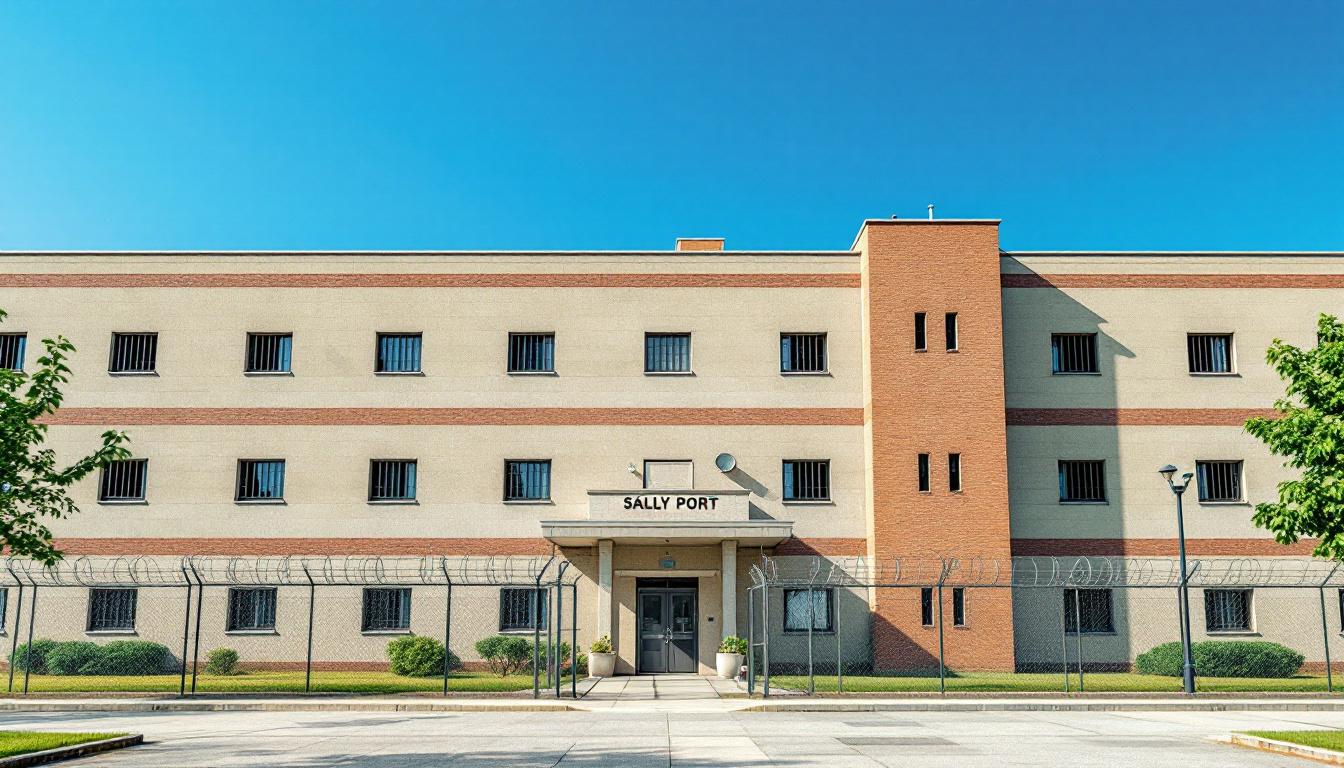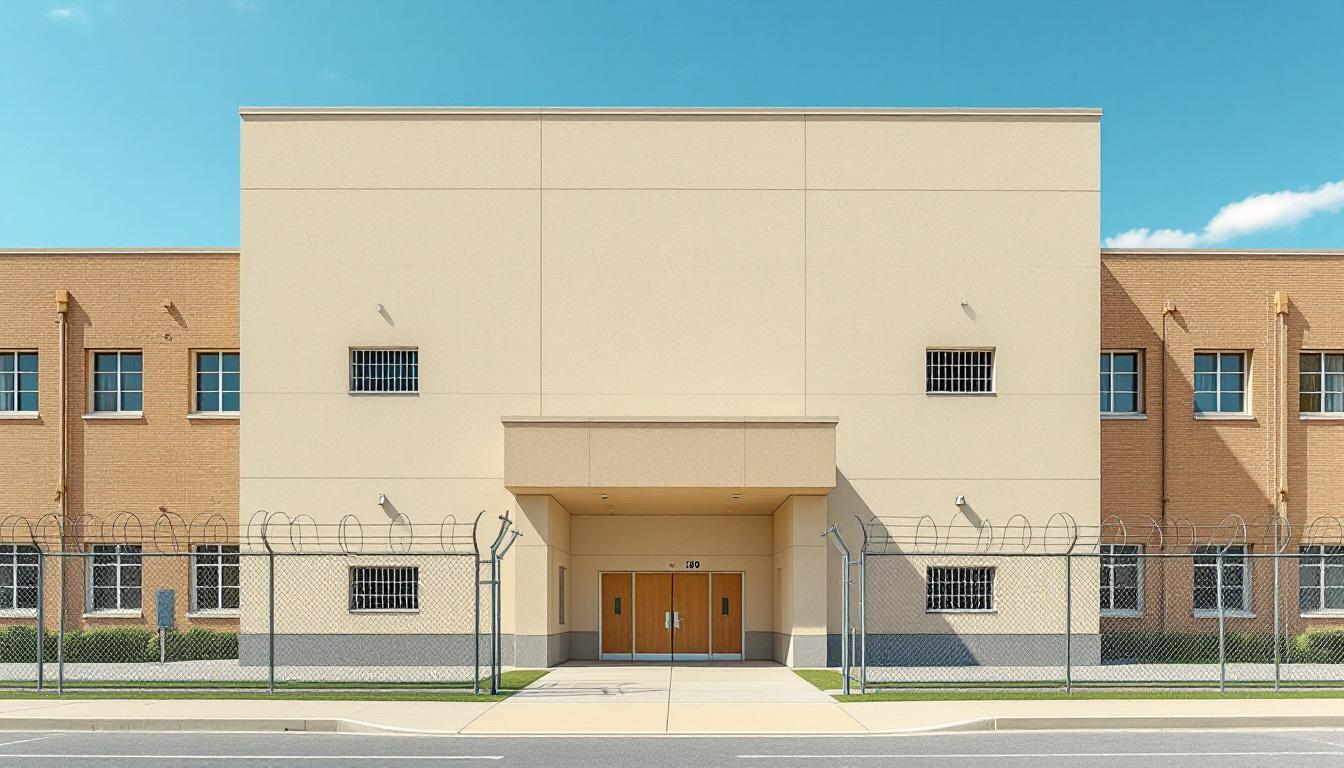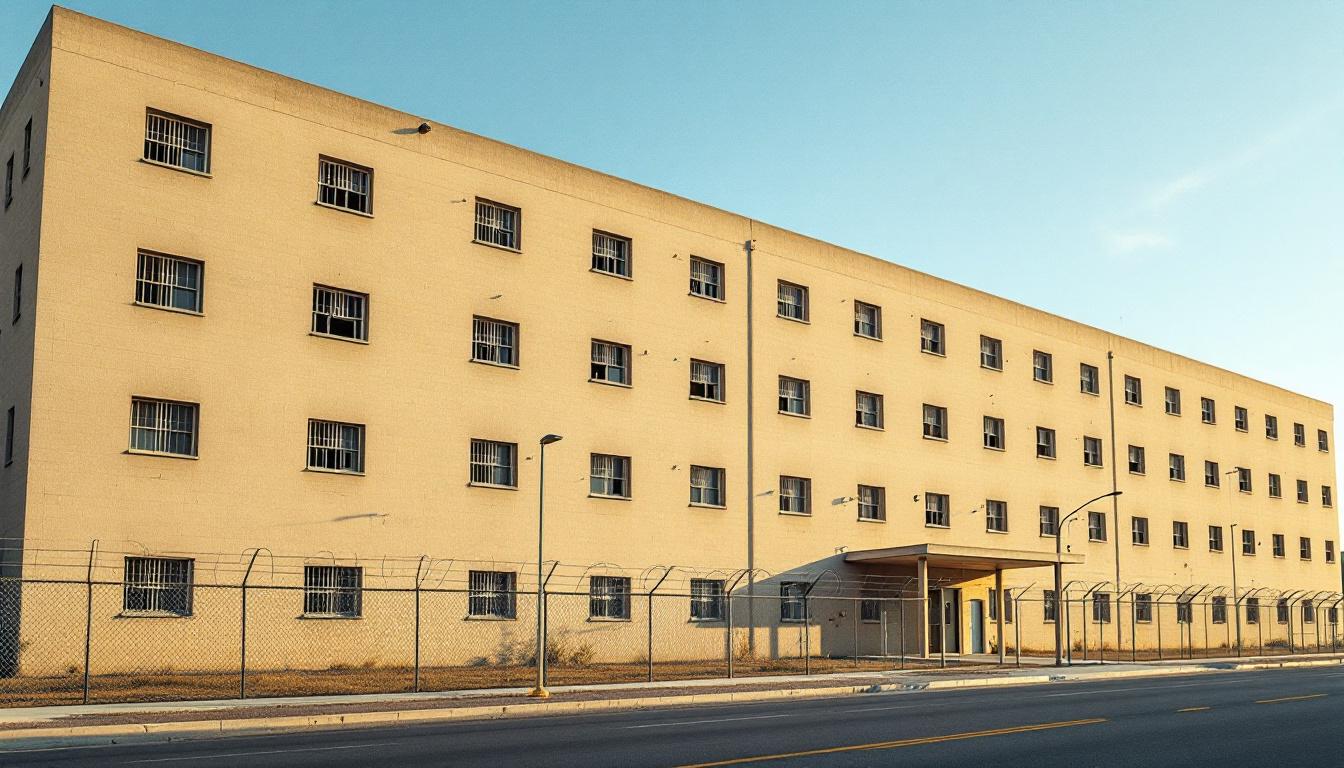
Quick Navigation
How to contact an inmate at Richmond Jail Detention
This comprehensive guide will walk you through how to connect with an inmate at Richmond Jail Detention. Follow the steps below to find an inmate and send letters and photos:
- Search for the inmate using our search tool below
- Create your account or log in to Penmate
- Write your message (up to 6,000 characters)
- Send instantly - inmates receive printed copies daily
Find an Inmate
Search for an inmate to start communicating today
Tip: You can search by first name, last name, or inmate ID number
To contact a person at Richmond Jail Detention start by searching for the person on the facility website. Perform a search by following these steps:
- Step 1: Enter their first name and last name into the search form and click "Search"
- Step 2: Locate their inmate record
- Step 3: Write down their Inmate ID and any housing information provided
Important! Be sure to enter the person's full name. Nicknames should not be used.
How to Send Messages to Inmates

You can use your phone or computer to send emails, letters, and photos to an inmate. Messages are sent electronically to inmate tablets or kiosks at the facility. If you would like to send a message, start by searching for an inmate at Richmond Jail Detention.
Sending Photos and Postcards

A great way to send love and support to a loved one at Richmond Jail Detention is to send photos and postcards. It only takes a few minutes to send photos from your phone and it makes a huge difference. You can also mail postcards with words of support and inspiration, or design your own postcard for special moments like birthdays and holidays.
Important! Be sure not to send any explicit photos or they may not be approved by the facility. You can also use a photo printing app like Penmate to make sure your photos are printed at the correct size (4x6 or 3x5) and are mailed according to the rules and regulations of Richmond Jail Detention.
Frequently asked questions about Richmond Jail Detention
-
How long does it take to deliver a message?
If you're sending an email message your letter is usually delivered within 24-48 hours. For messages sent via mail you should expect delivery within 3-7 days. All messages will need be approved by Richmond Jail Detention.
-
How much does it cost to send a message to Richmond Jail Detention?
You can send a message free using your phone or mail a message via USPS for the price of a $0.60 stamp and envelope. You can also purchase credits or e-stamps from services starting at $1.99.
-
What services can I use to contact an inmate at Richmond Jail Detention?
Penmate
You can use Penmate to send letters and photos to an inmate from your phone. It's an easy way to stay in touch during your loved one's incarceration. Use the inmate locator to find an inmate's location and contact information, then you can send messages within a few minutes.
Securus messaging
Securus may be another option for communicating with an inmate at Richmond Jail Detention. You can create a friends and family account and purchase credits to send messages. All messages will be reviewed and must be approved by the facility.
JPay
Some county jails and state prisons may support sending messages with JPay. You must register an account with the system, find your loved one, and purchase stamps to send messages. For some locations you can also attach photos.
Smart Jail Mail
You may also check if Smart Jail Mail is available at Richmond Jail Detention. Smart Jail Mail is operated by Smart Communications and has contracted with some state and county jails. After purchasing credits, your messages and photos are sent to the facility, printed out, and then handed out to your loved one.
-
What is the mailing address of Richmond Jail Detention?
Mailing address:
Richmond Jail Detention
1701 Fairfield Way
Richmond, VA 23223
Phone: (804) 646-6692Business hours:
- Monday: Open 24 hours
- Tuesday: Open 24 hours
- Wednesday: Open 24 hours
- Thursday: Open 24 hours
- Friday: Open 24 hours
- Saturday: Open 24 hours
- Sunday: Open 24 hours
-
What are the visiting hours at Richmond Jail Detention?
Visiting hours at Richmond Jail Detention vary by housing unit and security level. Generally, visits are scheduled on weekends and holidays, with some facilities offering weekday visits. Contact the facility directly at (804) 646-6692 or check their website for the current visiting schedule. Visits typically last 30-60 minutes and must be scheduled in advance.
-
What items are prohibited when sending mail to Richmond Jail Detention?
Prohibited items typically include: cash, personal checks, stamps, stickers, glitter, glue, tape, staples, paperclips, polaroid photos, musical or blank greeting cards, hardcover books, magazines with staples, and any items containing metal or electronics. Only send letters on plain white paper with blue or black ink. Photos must be printed on regular photo paper (no Polaroids). Always check with Richmond Jail Detention for their specific mail policies.
-
How do I send money to an inmate at Richmond Jail Detention?
You can send money to an inmate at Richmond Jail Detention through several methods: 1) Online using JPay, Access Corrections, or the facility's approved vendor, 2) Money orders mailed directly to the facility with the inmate's name and ID number, 3) Kiosks located in the facility lobby, or 4) Over the phone using a credit or debit card. Fees vary by method, typically ranging from $2.95 to $11.95 per transaction.
-
Can I schedule a video visit with an inmate at Richmond Jail Detention?
Many facilities now offer video visitation as an alternative to in-person visits. At Richmond Jail Detention, video visits may be available through services like Penmate, Securus Video Connect, GTL, or ICSolutions. Video visits typically cost $10-20 for 20-30 minutes and must be scheduled in advance. You'll need a computer or smartphone with a camera and reliable internet connection. Contact the facility for their specific video visitation policies and approved vendors.
-
What identification do I need to visit an inmate at Richmond Jail Detention?
All visitors must present valid government-issued photo identification such as a driver's license, state ID, passport, or military ID. Minors must be accompanied by a parent or legal guardian who can provide the minor's birth certificate. Some facilities require visitors to be on the inmate's approved visitation list, which may require a background check. Contact Richmond Jail Detention for specific ID requirements and visitor approval procedures.
-
How can I find out an inmate's release date?
To find an inmate's release date at Richmond Jail Detention, you can: 1) Use the online inmate search tool if available, 2) Call the facility's records department, 3) Contact the inmate's case manager or counselor, or 4) Have the inmate provide this information during a call or visit. For privacy reasons, some facilities only release this information to immediate family members.
Facility Overview
Contact Information
Richmond Jail Detention1701 Fairfield Way
Richmond, VA 23223
Phone: (804) 646-6692

About Richmond Jail Detention
Through a comprehensive network of community partnerships and evidence-based programming, the City Of Richmond Jail, VA develops pathways for individuals to access essential services during their time in custody. This VA correctional facility operates within Richmond's broader justice system framework, connecting individuals with resources that extend beyond traditional detention services through collaborative relationships with local organizations and service providers.
The facility's approach centers on creating structured processes that link individuals to educational opportunities, substance abuse programming, and mental health services that may continue upon release. Working alongside community partners throughout the Richmond area, staff typically coordinate with local nonprofits, healthcare providers, and workforce development agencies to establish continuity of care and support. These collaborative efforts often include job readiness training, life skills development, and connections to housing assistance programs that help individuals transition successfully back into the community.
As a county jail serving the Richmond metropolitan area, the facility plays a vital role in Virginia's correctional system by maintaining individuals awaiting trial and those serving shorter sentences while emphasizing rehabilitation alongside security. The jail's programming structure generally incorporates both individual and group-based interventions, with staff working to assess each person's specific needs and connect them with appropriate services. Through ongoing partnerships with community resources, the facility aims to address underlying factors that may contribute to recidivism while supporting positive outcomes for individuals and their families throughout the greater Richmond region.
Programs & Services
The breadth of developmental opportunities available reflects a comprehensive approach to individual growth and preparation for successful community reintegration. This facility typically emphasizes skill-building across multiple domains, recognizing that meaningful change often requires addressing educational gaps, developing practical job skills, and fostering personal growth through structured therapeutic interventions. The programming philosophy centers on providing individuals with the tools and knowledge necessary to make positive life changes during their time in custody.
Educational opportunities form a cornerstone of the comprehensive offerings, with adult basic education services designed to help individuals strengthen fundamental academic skills. Special education services may be available for those requiring additional learning support, ensuring that educational programming remains accessible to individuals with diverse learning needs. In addition to this, vocational training opportunities typically provide hands-on skill development in various trade areas, allowing participants to gain marketable job skills that can enhance their employment prospects upon release.
Support services round out the comprehensive programming approach through cognitive behavioral programs that focus on developing critical thinking skills and addressing patterns of behavior that may have contributed to criminal involvement. These therapeutic opportunities often include structured group sessions and individual interventions designed to help participants develop better decision-making skills, emotional regulation techniques, and problem-solving strategies. The combination of educational advancement, practical skill development, and behavioral programming creates a multi-faceted approach to personal development that addresses the varied needs of the incarcerated population.
Daily Life & Visitation

The sound of meal trays being distributed often marks the beginning of structured activities for individuals housed at the City of Richmond Jail. Daily routines now revolve around scheduled counts, meal times, and programming opportunities that provide framework to each day. Individuals regularly participate in various activities designed to maintain both physical and mental well-being while serving their time at the facility.
Living accommodations typically consist of housing units that may include dormitory-style arrangements or individual cells, depending on classification levels and available space. Personal property is generally limited to essential items, though individuals can usually access commissary services to purchase approved personal care items and snacks. The facility's dining arrangements typically involve scheduled meal times in common areas, where individuals receive nutritionally planned meals that meet standard dietary requirements.
In addition to this basic structure, the facility may offer recreational opportunities such as television viewing, reading materials from the library collection, and limited exercise periods in designated areas. Visitation policies generally allow for scheduled visits from family members and approved visitors, while communication options typically include monitored phone calls during designated hours. Despite this controlled environment, work assignments within the facility often provide individuals with purposeful daily activities, which may include kitchen duties, cleaning responsibilities, or maintenance tasks that help maintain facility operations while offering structure to daily routines.
Ready to Connect?
Start communicating with your loved one today
Search for an Inmate
